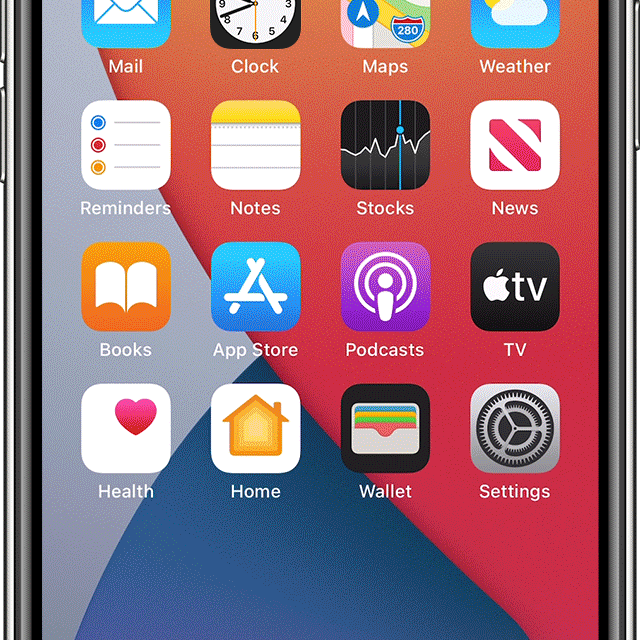Apple’s Night Shift feature on the iPhone is designed to reduce short-wavelength light emissions and improve sleep. However, a new study by BYU and published in Sleep Health casts doubt on its effectiveness.
According to Apple, Night Shift automatically adjusts the colors of your display to the warmer end of the spectrum — making the display easier on your eyes. It uses the clock and geolocation of your device to determine when it’s sunset in your location. Then it automatically shifts the colors of your display to warmer colors. In the morning, it returns the display to its regular settings.
BYU’s student compared adults’ sleep outcomes associated with smartphone use before bed with iPhone’s Night Shift enabled to two comparison conditions (iPhone use with no Night Shift, no iPhone use). Participants were randomly assigned to one of three conditions specifying iPhone use during the hour preceding bedtime for seven consecutive nights: iPhone use with Night Shift enabled; iPhone use with Night Shift disabled; and no phone use.
Participants were recruited from a western undergraduate university. A sample of 167 emerging adults (ages 18-24; 71.3% female) with iPhones participated in the study. Sleep outcomes (sleep latency, duration, efficiency and wake after sleep onset) were tracked using wrist-worn accelerometers.
The study’s conclusion: “There were no significant differences in sleep outcomes across the three experimental groups. Post-hoc exploratory stratified analyses revealed a significant main effect of phone condition on sleep efficiency (P = .014) and WASO (P = .013) for participants averaging more than 6.8 hours of sleep per night, with the no phone condition demonstrating the best sleep outcomes. For those averaging less than 6.8 hours of sleep, there was no effect of phone condition on sleep outcomes.”
Article provided with permission from AppleWorld.Today




